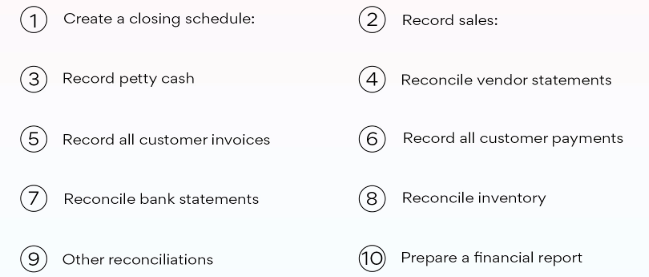Close the books faster: a practical month‑end checklist
A lightweight, repeatable month‑end process to deliver timely financials with fewer surprises - so you can make decisions faster.
A predictable month‑end makes better decisions possible. The core is a short, visible checklist owned by your bookkeeper and reviewed by the business owner.
Bank and card reconciliations should hit zero differences. Build categorization rules for common vendors to reduce variance and speed up review.
Run an exceptions report to surface duplicates, uncategorized transactions, and stale AR/AP. Fix the exceptions before generating financials.
Deliver a short executive summary with your P&L and balance sheet: what changed, why, and what needs attention next month.
Automate what you can (statements, receipts, payroll imports), but keep human review where it guards against risk.
Key takeaways
- Clean, audit‑ready books enable faster decisions and better cash control.
- Short, visible processes (like a month‑end checklist) reduce variance and rework.
- Executive summaries turn statements into actions for owners and managers.
How PeakPoint Finance can help
We close your books each month, deliver executive‑level reports, forecast cash‑flow, and plan taxes proactively so there are no surprises. If you’d like help implementing these ideas, we’d love to talk.
FAQs
How often should I update my cash‑flow forecast?
Weekly is ideal for a 13‑week view. Compare actuals to forecast and explain the variance - this is where insight happens.
What belongs in an executive summary?
Highlight revenue and margin drivers, cash position and runway, key variances vs. plan, and the 1–3 actions owners should take next.
